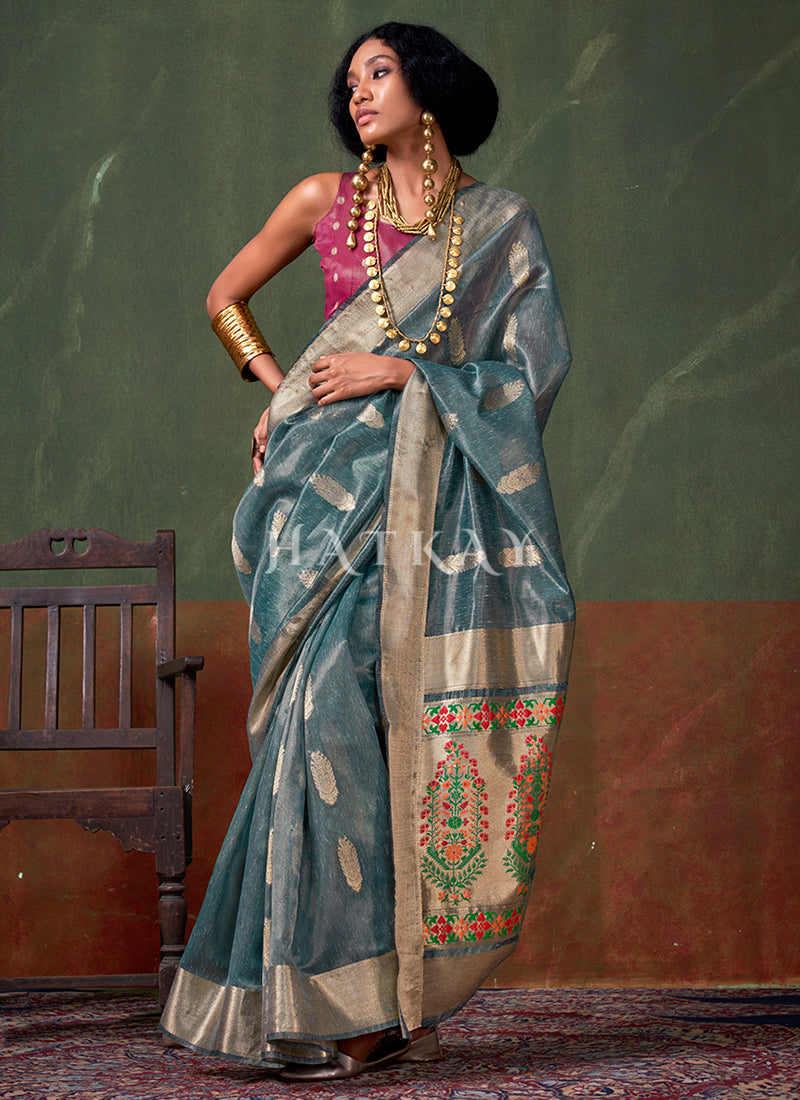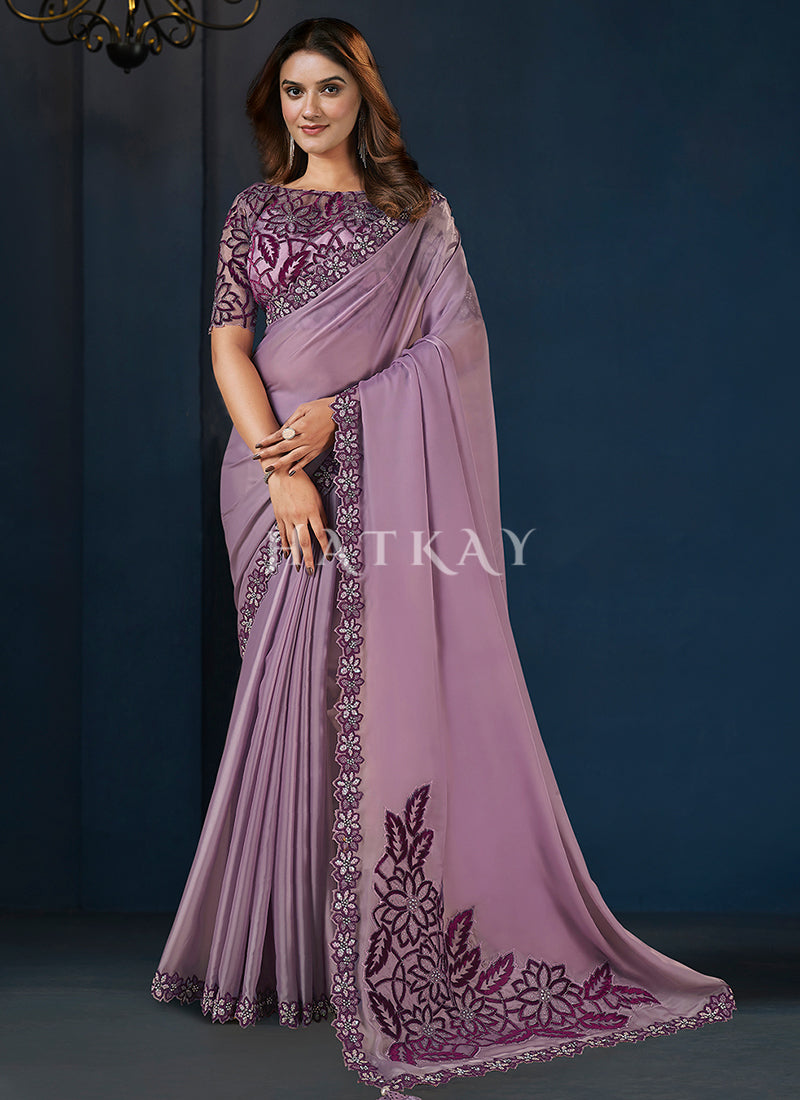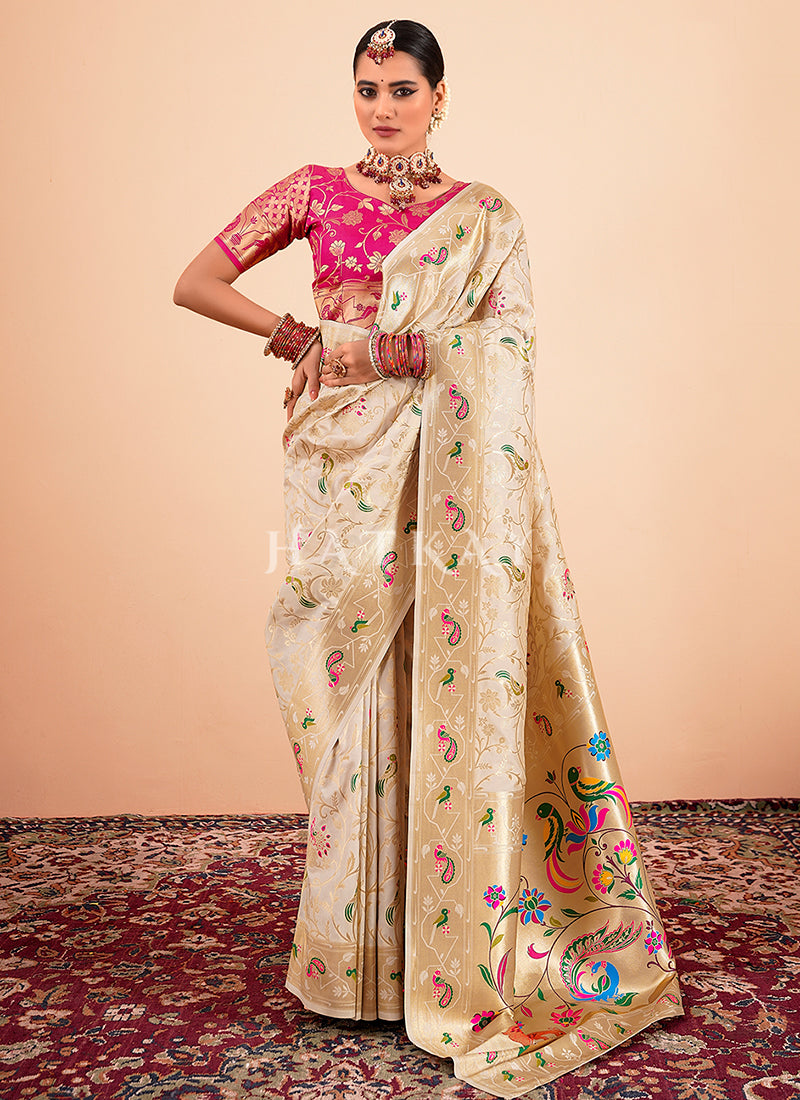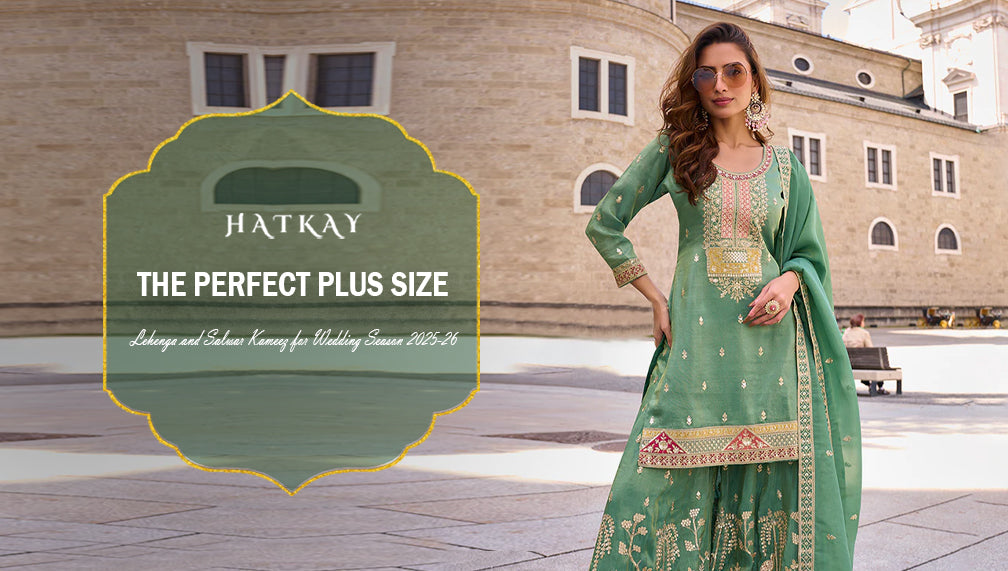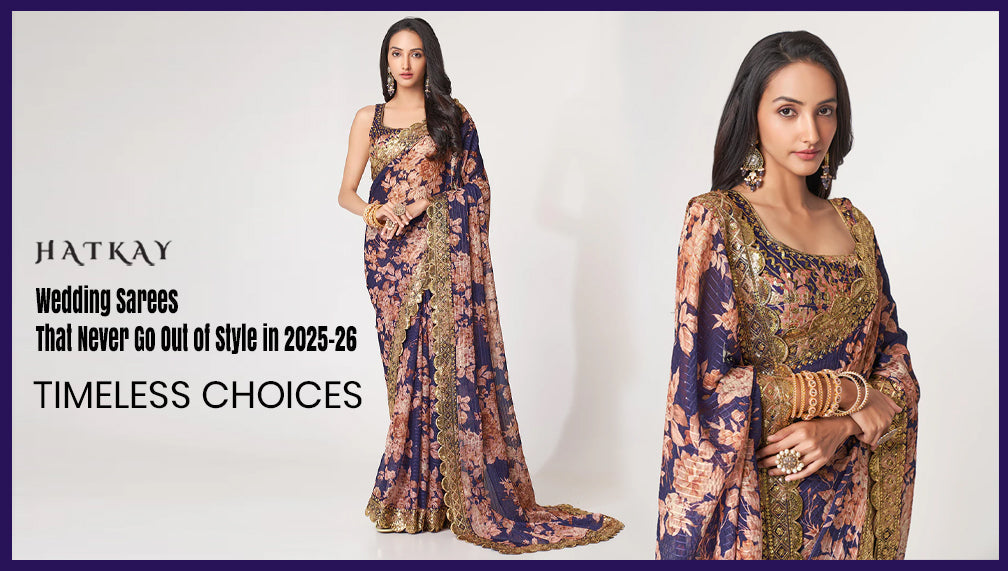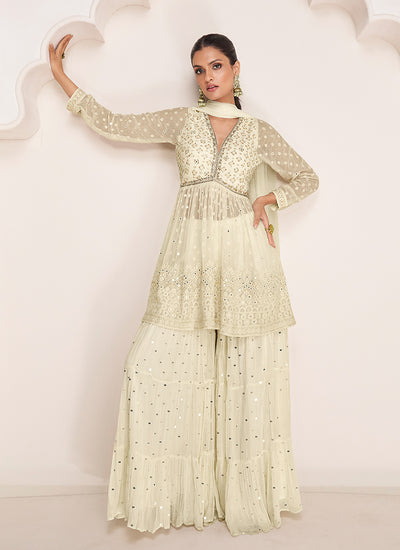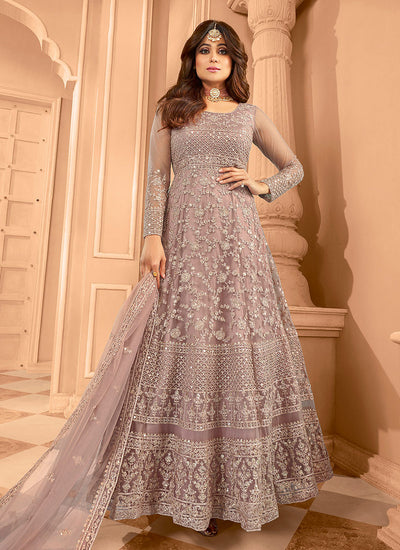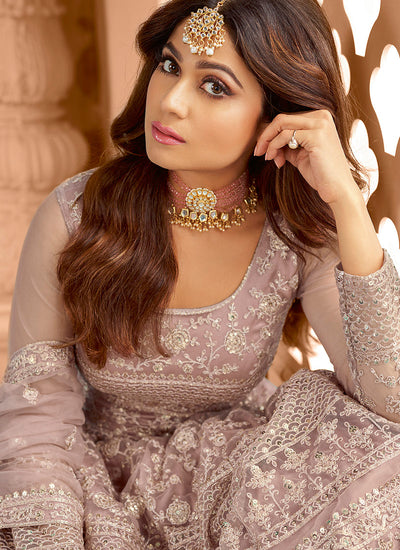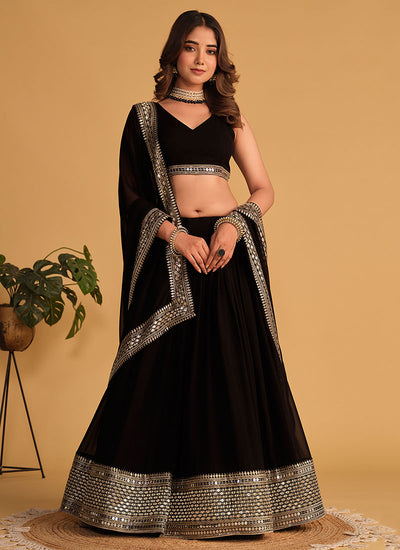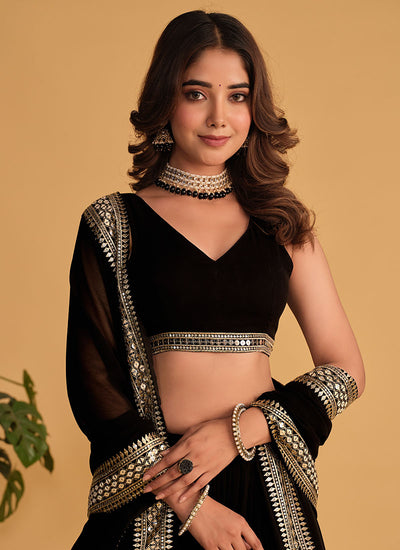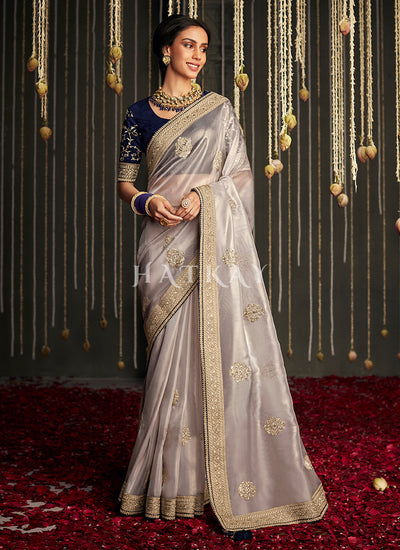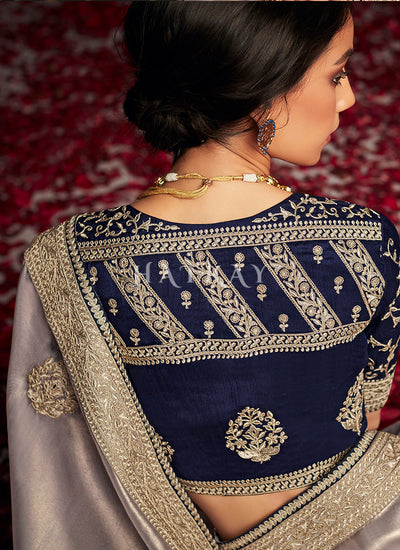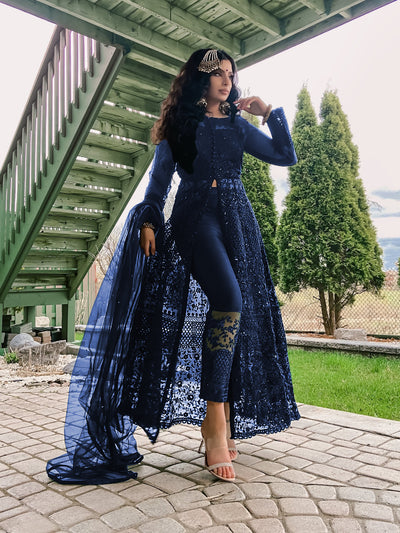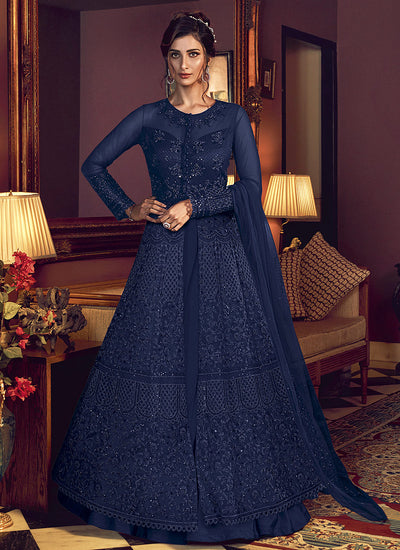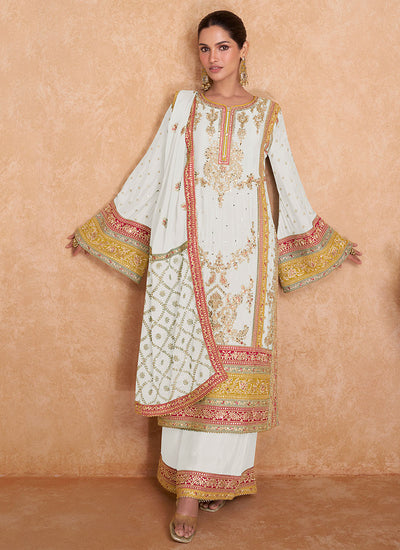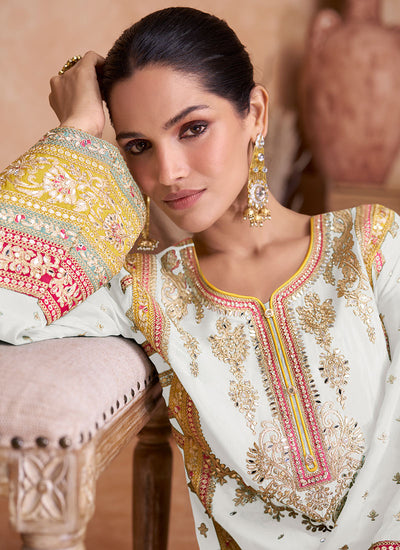
The History of the Indian Saree and Its Evolution in Fashion
The saree is more than just an outfit — it's a symbol of India's rich cultural heritage, a canvas that tells stories of tradition, craftsmanship, and evolution. From its ancient origins to its modern-day adaptations, the saree has always been a statement of grace, power, and beauty.
In this post, we’ll dive into the history of the Indian saree, tracing its roots, cultural significance, and how it has evolved into the fashion-forward garment we know today.
1. The Ancient Origins: A Garment of the Gods
The saree’s origins date back to ancient India, with references found in texts like the Rigveda (around 1500 BCE), where women are described wearing a cloth draped around the body. This garment, known as the "nivi," consisted of a single unstitched length of fabric.
Historical Roots:
-
In ancient times, the saree was worn without a blouse or petticoat, draped simply over one shoulder and wrapped around the body.
-
Early depictions of women in sarees appear in sculptures, art, and religious texts, showing that the saree was a garment of significance, often worn by noblewomen and deities.
2. The Classical Drapping Styles: Regional Influence
As time progressed, different regions in India began to develop distinct styles of draping the saree. These styles were influenced by regional cultures, climates, and fabrics.
Popular Draping Styles:
-
Nivi Style (South India): The most common draping style, where the saree is draped with the pallu (the end portion of the saree) thrown over the left shoulder.
-
Maharashtrian Style: Known for its drape with pleats at the back and the pallu tucked at the front, often paired with a nauvari saree for traditional occasions.
-
Bengali Style: The saree is worn with the pallu over the right shoulder, creating a regal and graceful appearance, often in Baluchari sarees.
-
Gujarati Style: Characterized by the pallu covering the head and draped to the front.
These diverse draping techniques reflected India's regional, cultural, and climatic diversity, making the saree an adaptable and versatile garment.
3. The Colonial Era: Changing Trends and Western Influence
With the arrival of British colonialism in India, the saree underwent some changes in the way it was styled and worn. While the saree retained its cultural significance, the influence of British fashion brought about some modern adaptations.
Notable Changes:
-
The introduction of blouses as a paired garment to the saree emerged during this period, influenced by Western fashion. Prior to this, women wore the saree with just a draped cloth.
-
Simpler fabrics like cotton became more prevalent for daily wear, while silk sarees remained reserved for special occasions.
-
The British period also saw the rise of modernized saree tailoring, making it more structured and less cumbersome.
4. The Post-Independence Era: Revival of Traditional Crafts
After India gained independence in 1947, there was a revival of traditional textiles and craftsmanship, spurred by a renewed sense of national pride. Indian designers and artisans started experimenting with sarees, incorporating indigenous techniques like handlooms, block printing, and embroidery, which were previously overshadowed by British influence.
Key Developments:
-
Sarees like the Khadi saree became symbolic of India's self-sufficiency movement.
-
Indian celebrities, including Bollywood stars, began wearing designer sarees, making them a staple in fashion. Sarees were reinvented as glamorous, contemporary attire.
5. The Modern Saree: Fusion and Innovation
Today, the saree is experiencing a renaissance. It’s no longer confined to traditional events — it’s now a part of the global fashion scene, constantly evolving to suit modern tastes while maintaining its cultural roots.
Modern Innovations:
-
Fabric Innovations: Modern sarees use fabrics like georgette, chiffon, velvet, and crepe for ease of wear, giving the saree a contemporary flair.
-
Saree Blouses: Contemporary blouses, from halter-neck to backless designs, have redefined the way the saree is styled.
-
Ready-to-Wear Sarees: Sarees with pre-stitched pleats or saree gowns have become incredibly popular, offering a hassle-free and modern twist on the traditional look.
-
Sarees in Fashion Shows: Global designers and international fashion icons now incorporate sarees into their collections, adding a touch of Indian tradition to global runways.
The fusion of Western styles and Indian traditions has created an exciting wave of experimentation, where sarees are worn with everything from crop tops to long coats.
6. The Saree’s Cultural Significance Today
While the saree has undoubtedly evolved in style and fabric, it continues to hold immense cultural significance in Indian society. It remains a garment of pride, worn during major festivals, weddings, and formal events. The saree’s ability to adapt to contemporary fashion trends while maintaining its traditional roots is what makes it a true symbol of Indian heritage.
Saree in Popular Culture:
-
Bollywood continues to play a significant role in elevating the saree to iconic status. Actresses like Sridevi, Madhuri Dixit, and Deepika Padukone have made sarees their signature look.
-
Fashion icons worldwide now embrace the saree as a symbol of grace and timeless elegance, often styling it with modern twists and global influences.
Final Thoughts: The Saree's Timeless Appeal
From its ancient roots to its status as a global fashion symbol, the saree has stood the test of time. It is more than just a piece of clothing — it is a living, breathing expression of India’s culture, history, and craftsmanship. No matter how the saree continues to evolve, one thing is certain: it will always be a garment that represents the grace, elegance, and beauty of women across generations.













